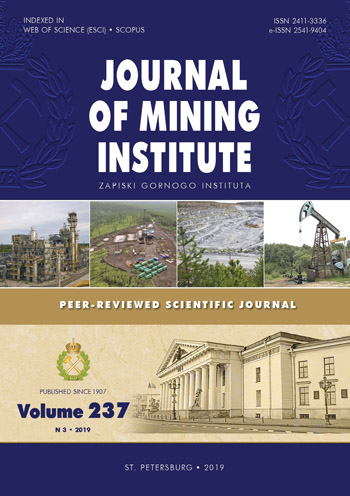Key factors of public perception of carbon dioxide capture and storage projects
- 1 — Ph.D., Dr.Sci. professor Institute of Economic Problems G.P.Luzin, Kola Scientific Center of the Russian Academy of Sciences
- 2 — Ph.D. Assistant lecturer Saint Petersburg Mining University ▪ Orcid ▪ Elibrary ▪ Scopus ▪ ResearcherID
Abstract
One of the major challenges of the modern world is the problem of global warming, the solution of which requires the implementation of a set of strategic projects in the field of transition of the energy sector to the path of environmentally balanced development. One of the ways to implement this transition is the development of technologies for capturing and storage of technogenic carbon dioxide, which is recognized as the main one of greenhouse gases. At the same time, in the Russian context, the most expedient is the implementation of technological chains for capturing and storing CO2 which are aimed at enhanced oil recovery, the effectiveness of which has been proven by world practice. Implementation of these projects requires consolidation of efforts of many parties, including government agencies, enterprises-issuers (power generating facilities and energy-intensive industry), oil-producing enterprises, non-state environmental organizations, media and public. World practice has many examples when uncoordinated actions of one of the stakeholders led to the closure of such a project, and therefore it is necessary to develop a mechanism of interaction between them, taking into account the specifics of Russian conditions. One of the least studied and controversial aspects of this interaction is to involve the public in the implementation of national carbon intensity programs and the local population in the implementation of a specific project. Research in this field has been conducted in the world over the past 14 years, which allowed the current research base to be used to develop fundamental principles for the development and promotion of CO2 capture and storage technologies in Russia. Key factors affecting the perception of such projects by public were also analyzed and systematized. The research identified the main arguments for and against the development of CO2 capture and storage technologies.
Funding
The study was carried out at the expense of a grant from the Russian Science Foundation (project N 18-18-00210 «Development of a methodology for assessing the public effectiveness of carbon dioxide sequestration projects»).
